Independence Day 2025: Celebrating Freedom, Unity & Our Responsibility as Indians"
India's independence day is celebrated every year in August.Our country got independence from British rule on 15th August. This is the national festival of India. Every year people all over India celebrate this day on 15th August.Every year on this day, the Prime Minister of India hoists the flag at the Red Fort and addresses the nation. On 15th August, the first Prime Minister of India, Pandit Jawahar Lal Nehru hoisted the flag at the Red Fort in Delhi. Since then, the flag is hoisted at the Red Fort every year on 15th August.This day is celebrated all over India with flag hoisting, parades and cultural events. On this day people all over the country put flags on their clothes and houses and watch patriotic movies with family and friends.
The morning of 15th August in India feels different from any other day of the time. The air carries a special sense of pride, joy, and gratefulness. The sight of the tricolour fluttering high, the voices singing the public hymn, and the warbles of nationalistic songs together produce a feeling that touches every heart. Independence Day is further than just a vacation it's the story of our struggle, our concinnity, and our participated dream of a better India.
The Real Substance of Freedom
Freedom is frequently taken for granted, but its true value is understood only when we realise what it took to achieve it. It is n't just about being free from foreign rule, but about having the right to live with quality, to speak without fear, to dream without limits, and to shape our own future. Every time we walk freely on our thoroughfares or express our opinion, we're living the gift our ancestors fought for. This freedom came at the cost of immense offerings, which must noway be forgotten.
A Trip Through History
The road to independence was long and filled with challenges. India had been under British rule for nearly two centuries. Our people faced injustice, exploitation, and the loss of their rights. But the spirit of the nation could n't be broken. Freedom fighters rose from different corners of the country Mahatma Gandhi with his path ofnon-violence, Bhagat Singh with his fiery courage, Subhas Chandra Bose with his call to action, Rani Lakshmibai with her unmatched frippery, and innumerous others who devoted their lives to the cause. On 15th August 1947, the struggle eventually bore fruit. At night, Pandit Jawaharlal Nehru addressed the nation with his notorious “ Appointment with fortune ” speech, marking the birth of a free India. That night was n't just the end of British rule; it was the morning of a new trip for a nation determined to rise.
Why Independence Day Still Matters
Decades have passed since that major day, yet the significance of Independence Day remains just as strong. It is n't just about looking back at our history; it's about reminding ourselves of our liabilities moment. Freedom is meaningful only when we use it to make a better society. That means icing every child gets an education, every citizen has equal rights, and every person can live without fear or demarcation. Independence also means independence from social immoralities — corruption, poverty, ignorance, and inequality. Our fight moment is different from the one our ancestors fought, but it's inversely important.
How the Nation Celebrates
From the grand observances at the Red Fort in Delhi to small flag- hoisting events in townlets, Independence Day unites the entire country in festivity. In seminaries and sodalities, children dress in the colours of the tricolour, perform artistic balls, and sing songs that inspire nationalism. Communities come together to embellish thoroughfares, distribute sweets, and share stories of the freedom struggle. The Prime Minister’s address from the Red Fort is a tradition that inspires millions. It's a moment to reflect on the nation’s achievements and challenges, and to renew our commitment to progress. In the digital period, social media has come a ultramodern platform for festivity, where citizens partake prints, dispatches, and vids honouring the day.
The Power of the Tricolour
The Indian public flag, the Tiranga, is further than a piece of cloth — it's a symbol of concinnity, courage, and stopgap. The saffron colour stands for immolation and strength, the white for peace and honesty, and the green for growth and substance. The Ashoka Chakra in the centre represents justice and the nonstop cycle of progress. Every time we laud the flag, we're cheering the offerings of those who gave their lives for its honour.
Part of the Youth in Shaping the Nation
India’s youthful population is its topmost strength. With energy, creativity, and the power of technology, moment’s youth can drive the country towards new heights. Whether it's through entrepreneurship, scientific invention, sports, trades, or social work, youthful Indians are making a mark encyclopedically. But with occasion comes responsibility. It's over to the youth to insure that freedom is used to unite, not divide, and to produce a nation where every citizen has a fair chance to succeed.
Unity in Diversity – Our True Strength
India is home to over a billion people, hundreds of languages, and innumerous traditions. Yet, we stand together as one nation. Our diversity is n't a weakness but a treasure that makes us unique. Independence Day is a festivity of this concinnity — a memorial that no matter where we come from, we're all bound by a participated identity and love for our country.
Assignments from Our Freedom Fighters
The men and women who fought for independence were n't superheroes; they were ordinary people with extraordinary courage. They faced captivity, torture, and death, yet they noway gave up. Their stories educate us that real change comes from determination, selflessness, and a amenability to stand for what's right. By following their illustration in our diurnal lives, we recognize their offerings further than any speech or cortege could.
Independence Beyond the Day
While the processions and fests last only a day, the meaning of independence should live in our conduct all time round. True nationalism is in how we treat each other, how we cover our terrain, and how we contribute to the progress of our community. still, we must cover it with concinnity, respect, If we wish to save our freedom. The challenges of moment may be different from those of 1947, but they demand the same courage and commitment.
A Vision for the Future
The India of tomorrow should be a place where every child can dream big, where justice is accessible to all, where innovation drives progress, and where compassion guides our actions. We have the resources, the talent, and the determination to make this vision a reality — but it will require effort from each of us.

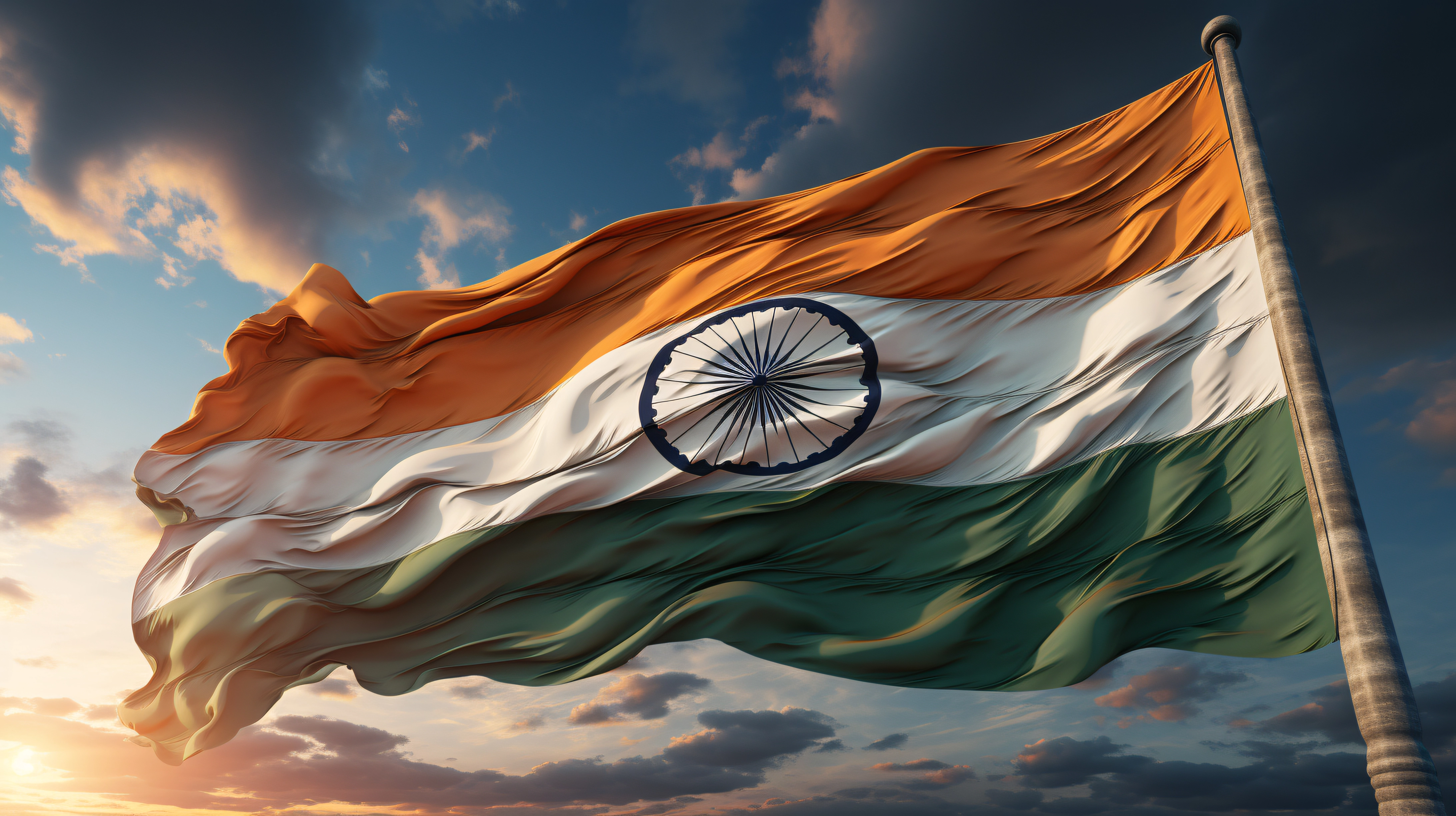
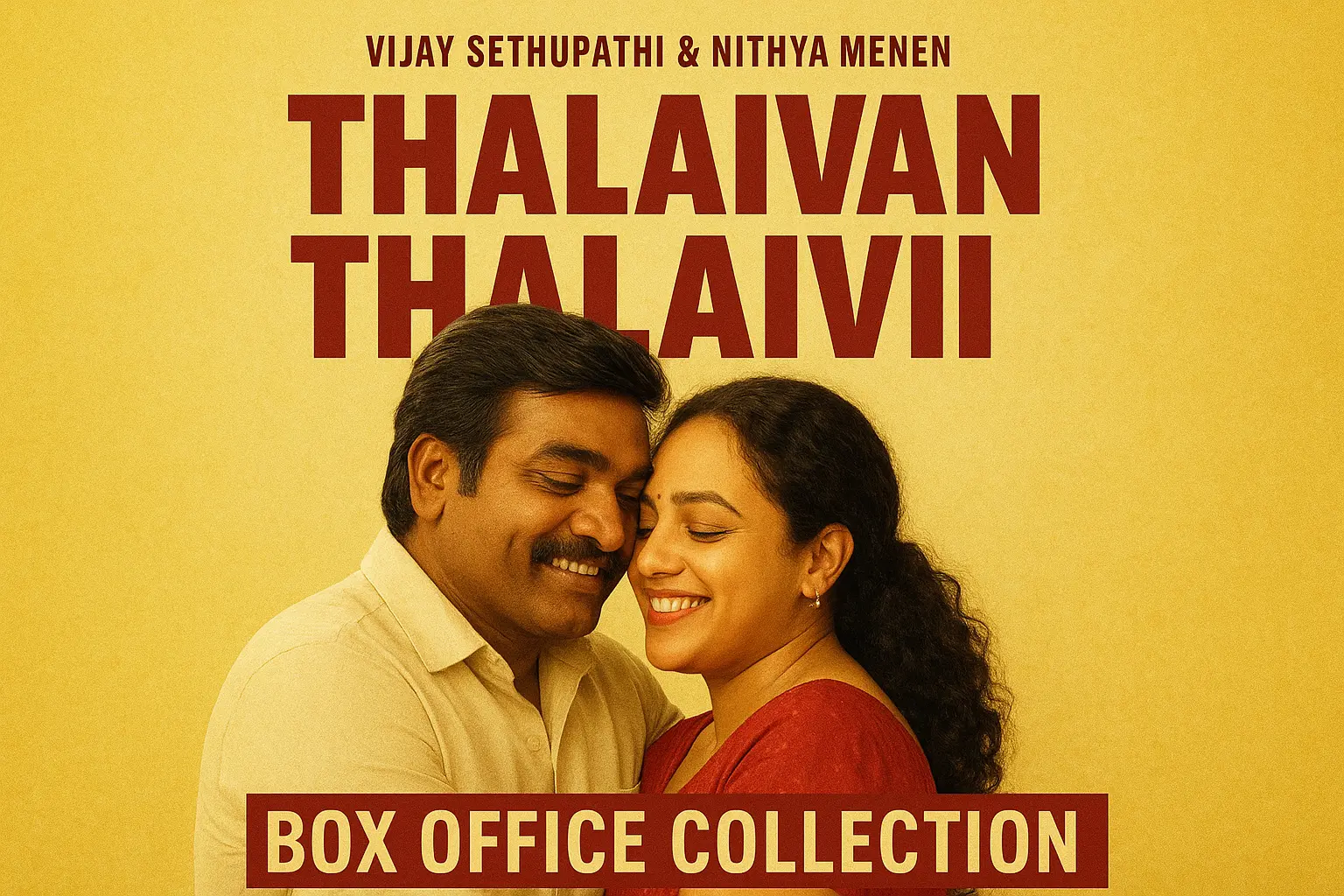

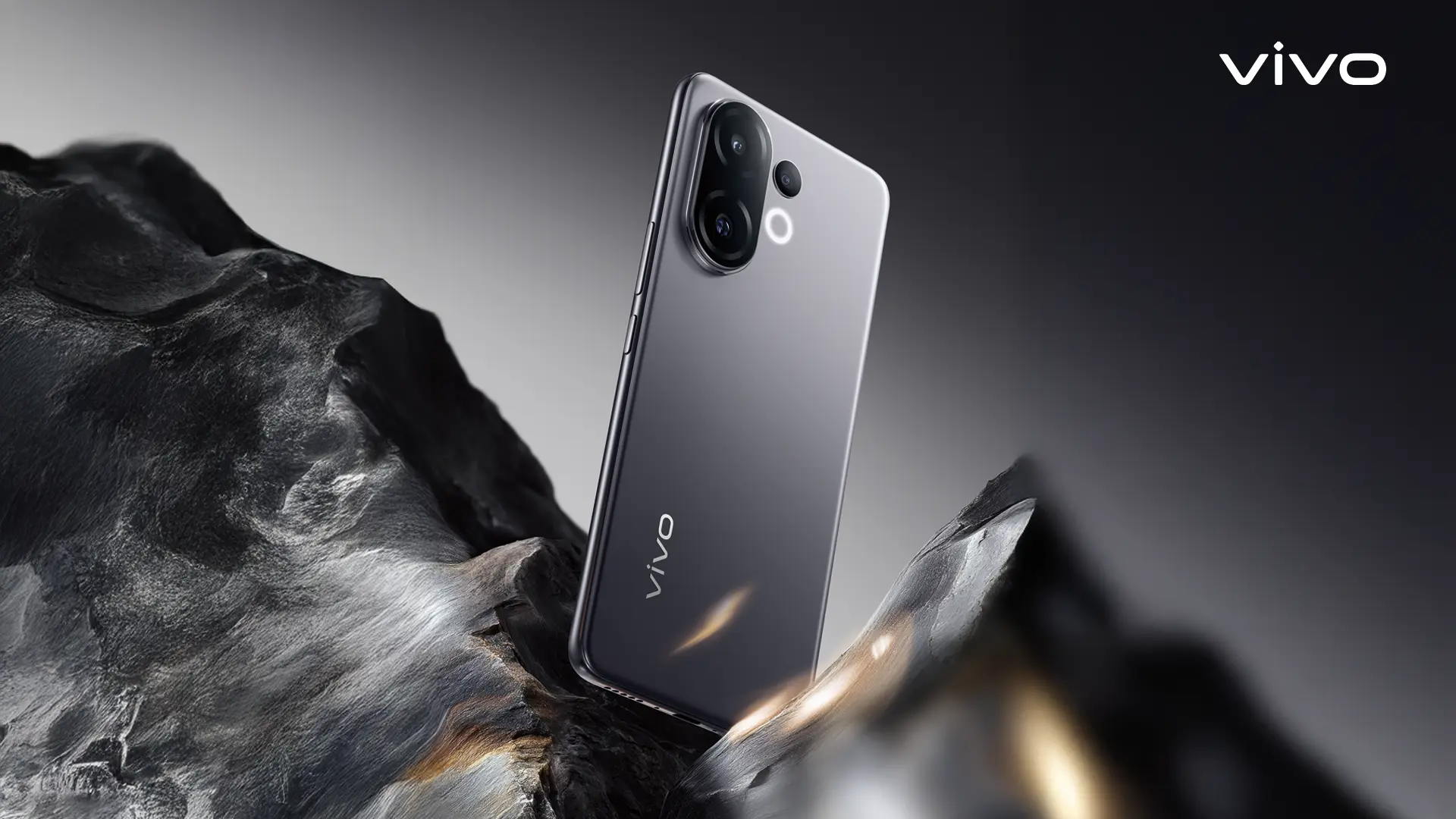
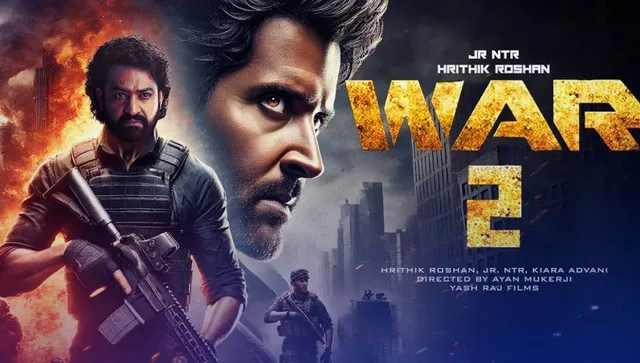
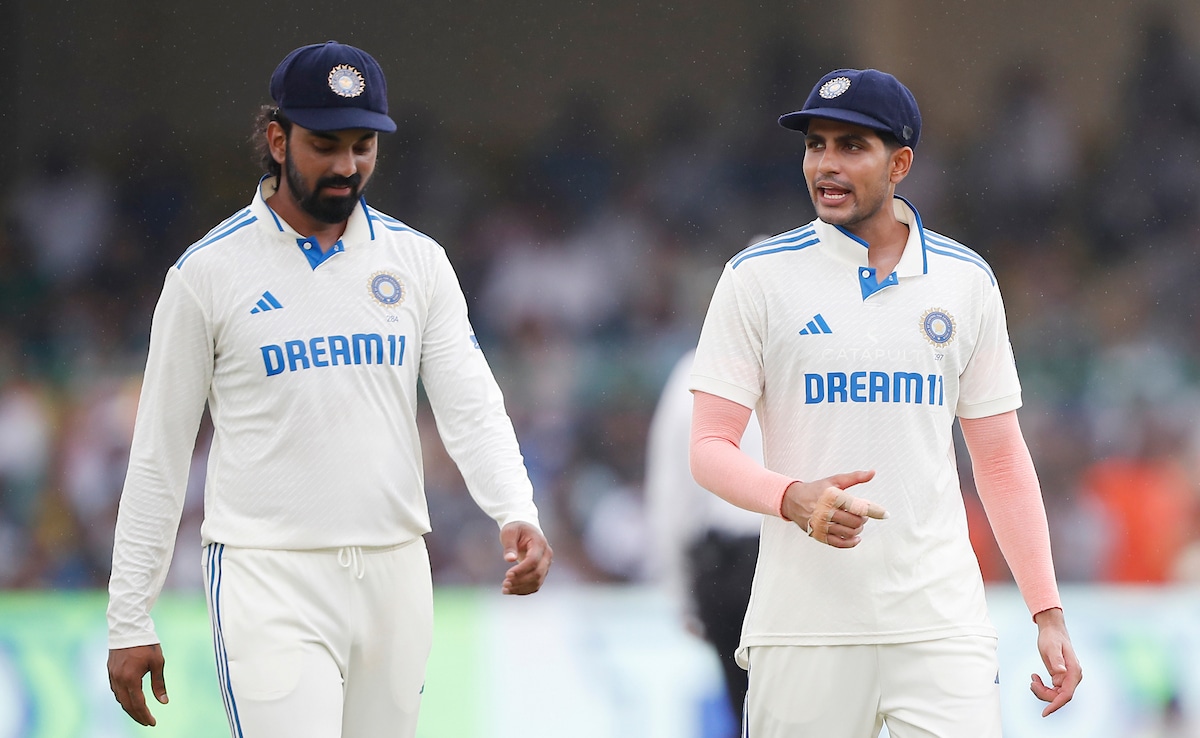


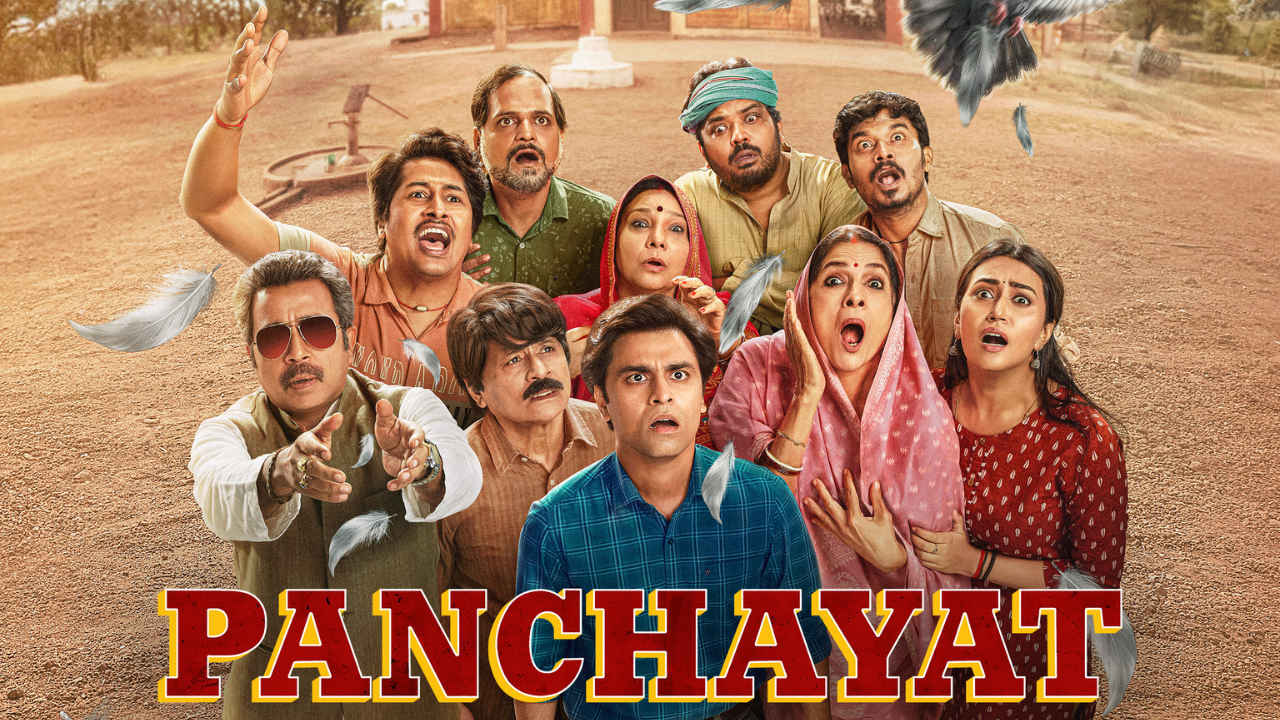

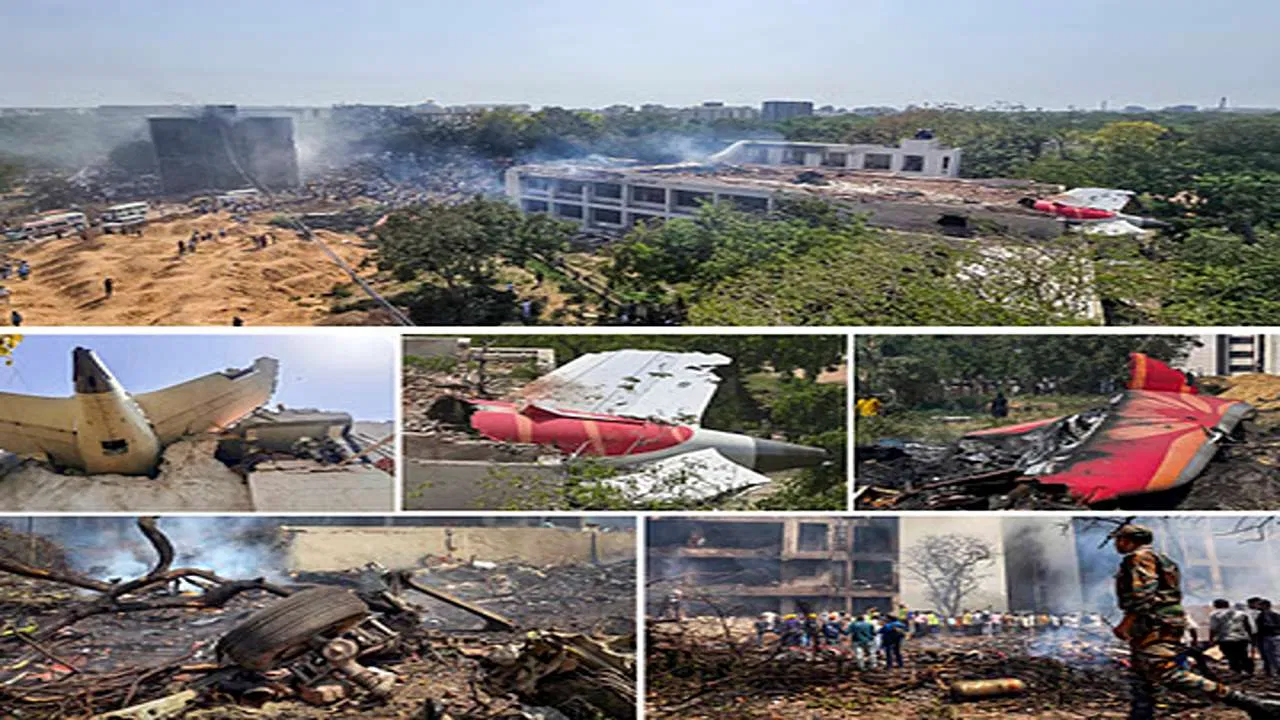


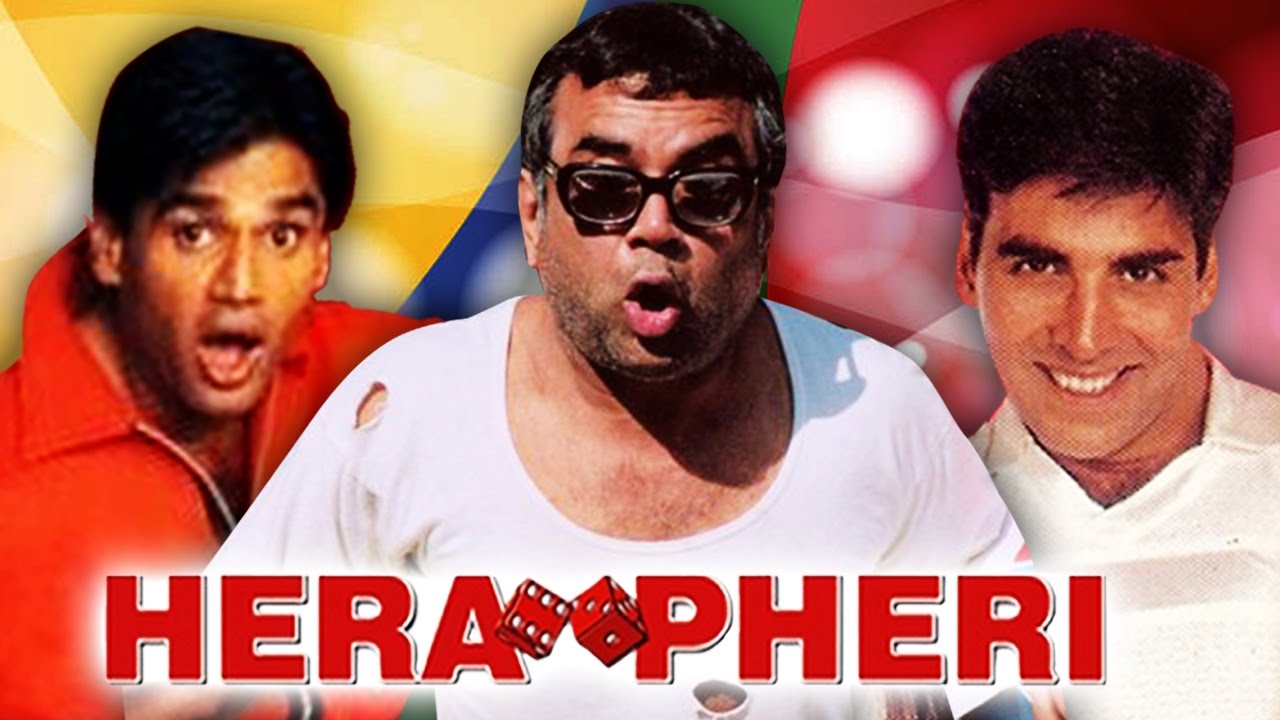
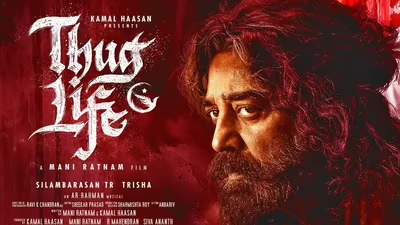

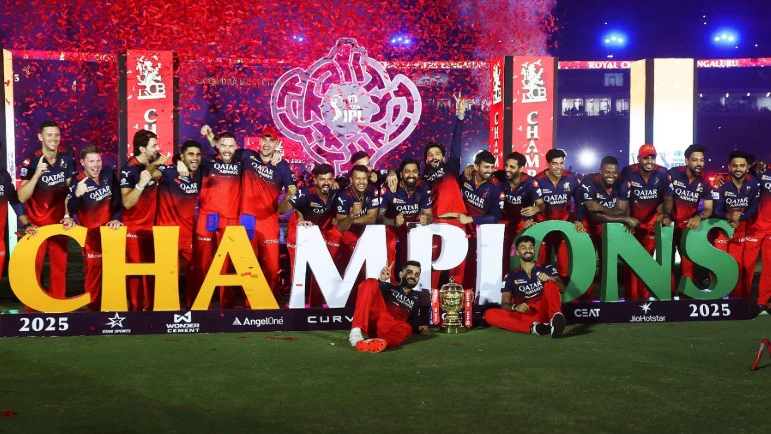
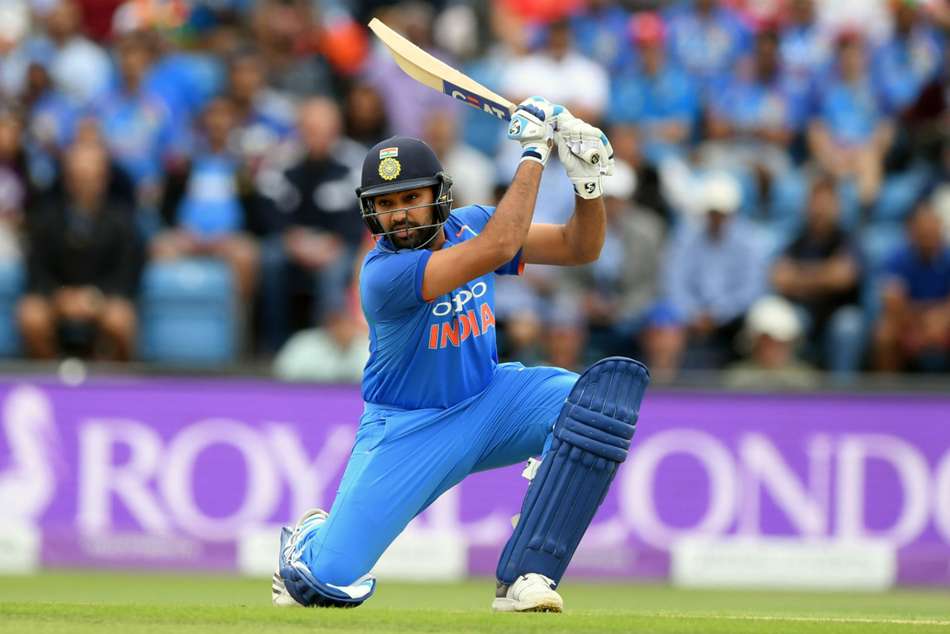
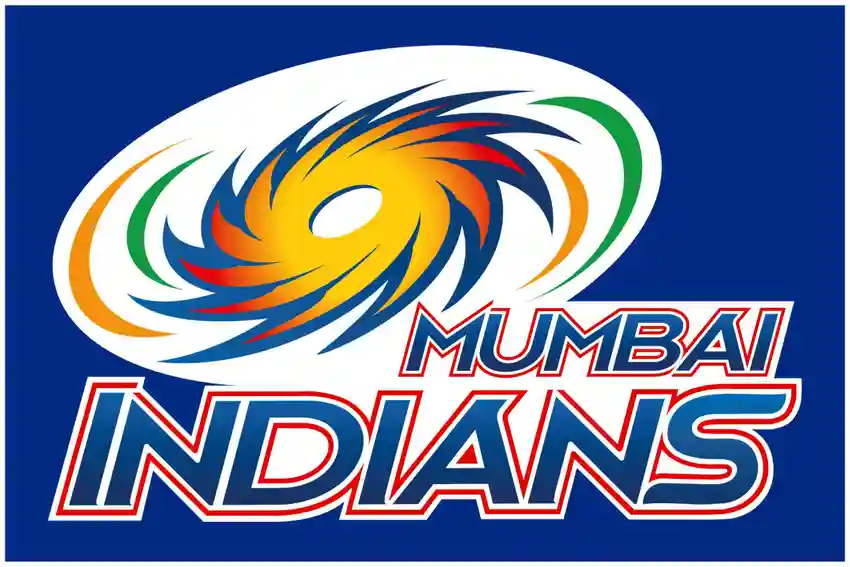
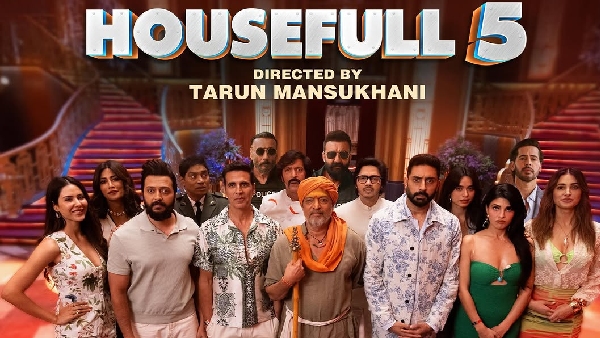
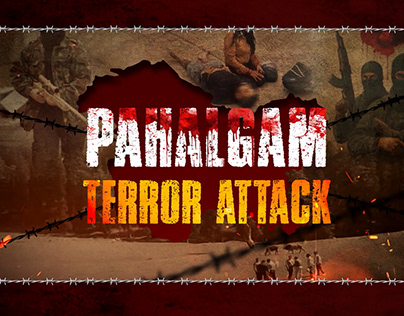
1 Comments
Manisha
15 Aug 2025 at 08:14 am
Good 👍